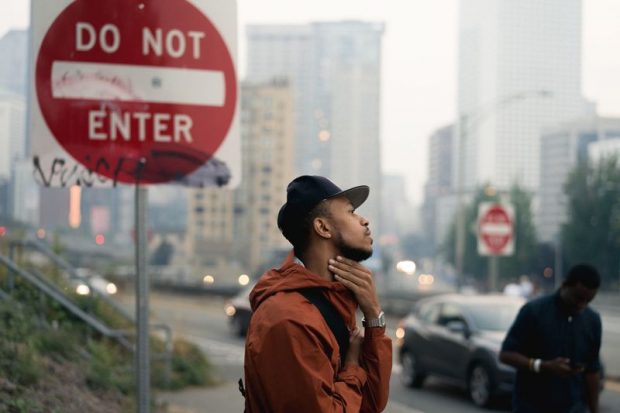Little Known Questions About Framing Streets.
Not known Facts About Framing Streets
Table of ContentsFraming Streets for BeginnersA Biased View of Framing StreetsFraming Streets Can Be Fun For AnyoneFraming Streets Fundamentals ExplainedFraming Streets Fundamentals ExplainedThe Definitive Guide for Framing Streets
, typically with the purpose of catching pictures at a crucial or touching moment by mindful framing and timing. https://canvas.instructure.com/eportfolios/2658090/Home/Framing_Streets_Mastering_the_Art_of_Street_Photography.
, who was inspired to carry out a comparable documents of New York City. As the city developed, Atget assisted to advertise Parisian roads as a worthwhile subject for photography.

How Framing Streets can Save You Time, Stress, and Money.
Martin is the very first videotaped digital photographer to do so in London with a masked video camera. Mass-Observation was a social study organisation established in 1937 which intended to videotape day-to-day life in Britain and to videotape the responses of the 'man-in-the-street' to King Edward VIII's abdication in 1936 to wed separation Wallis Simpson, and the sequence of George VI. The principal Mass-Observationists were anthropologist Tom Harrisson in Bolton and poet Charles Madge in click this link London, and their first record was produced as the publication "May the Twelfth: Mass-Observation Day-Surveys 1937 by over two hundred viewers" [] Window cleaner at Kottbusser Tor, Berlin, by Elsa Thiemann c. 1946 The post-war French Humanist Institution photographers found their topics on the road or in the bistro. Andre Kertesz.'s commonly appreciated Images la Sauvette (1952) (the English-language version was titled The Decisive Minute) promoted the idea of taking an image at what he called the "crucial minute"; "when kind and content, vision and make-up merged into a transcendent whole" - copyright a7iv.
The Of Framing Streets
, after that an educator of young youngsters, associated with Evans in 193839.'s 1958 book,, was considerable; raw and usually out of focus, Frank's images examined conventional photography of the time, "challenged all the formal policies laid down by Henri Cartier-Bresson and Walker Evans" and "flew in the face of the wholesome pictorialism and wholehearted photojournalism of American publications like LIFE and Time".